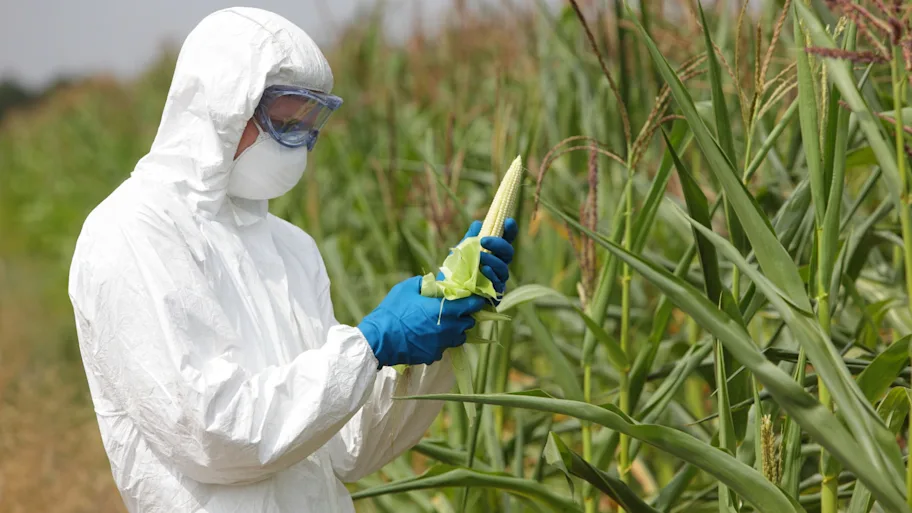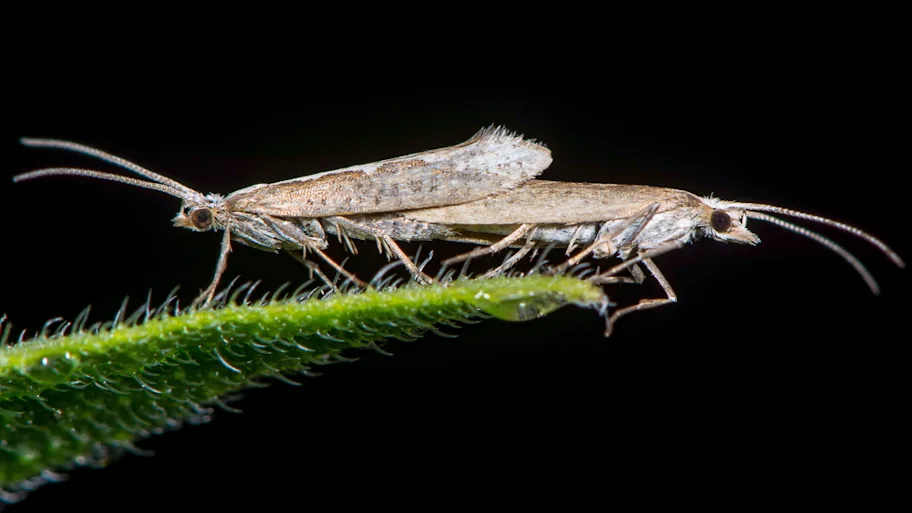
- Science news
- Environment
- How safe is GM cotton?
How safe is GM cotton?

Researchers reveal the lessons from 20 years of Mexican GM cotton. Image: Shutterstock.
GM cotton in Mexico is delivering monster crops, without the Frankenstein — thanks to traditional farming practices and use of non-GM ‘refuges’.
— by Matthew Prior, Frontiers science writer
New research shows GM cotton can live up to promised economic and environmental benefits — but parallel agricultural developments appear at least partly responsible, and risks like resistant pests and gene transfer to wild cotton require continued vigilance. Published in Frontiers in Bioengineering and Biotechnology, the case study of Mexican cotton shows that we can avoid the pitfalls of GM crops by adhering to sound agricultural management strategies and enforcing biosafety regulations.
Mexican cotton bounces back
In the mid-Twentieth century, the dry subtropics of Northern Mexico were home to an unlikely spectacle: a million irrigated hectares covered in bright, fluffy cotton bolls.
But by the 1970s, the ‘white gold’ of El Norte had all but disappeared.
“Even weekly spraying could not protect the cotton plants from pesticide-resistant insects, and desperate farmers buckled under the high economic, environmental and personal health burden of millions of gallons of highly toxic chemicals,” explain two of the study’s authors, Professors Alejandra Bravo and Valeria Souza of Universidad Nacional Autónoma de México.
Evaluation of the Impact of Genetically Modified Cotton After 20 Years of Cultivation in Mexico► Read original article► Download original article (pdf)
Then, in 1996, genetically modified ‘Bt cotton’ was for the first time commercially planted in Mexico and elsewhere.
“These cultivars are engineered to express genes that confer resistance to the biggest group of insect pests, ‘lepidopterans’, and to herbicides such as glyphosate or dicamba — the same weedkillers we spray on our patios.”
Gradually, GM cotton returned the bolls to the fields of Mexico. Now, here and around the world, virtually all cotton grown is GM cotton. The yields are higher than ever, and the safety of GM cotton for non-target species — like pollinators and other beneficial bugs — is well-established.
But some of the worst risks of GM crops have also been realised with cotton.
“Globally, intensive GM cotton farming with inappropriate insecticide use has led to resistance of at least 40 weed species to glyphosate, and of lepidopteran insects to the protective genes in Bt cotton,” admit Bravo and Souza.
Defying this troubling trend, Mexican GM cotton still reports no resistant pests. Naturally, the Mexican regulators are happy — but what do its farmers think? How has Mexico achieved this singular success with GM cotton, and are there still risks?
Cotton wool gets wrapped up in biosecurity
The study authors surveyed 300 cotton farmers and farming technicians across Mexico’s main cotton-producing states.
“80% are highly satisfied with GM varieties, reporting excellent control of weeds and lepidopteran pests with less use of insecticides.”
Related: Don’t fear GM crops, they could help solve the sustainability crisis
Insecticide applications have been reduced by 1–5 per crop cycle, and are less harmful to non-target species — including the farmers – than the broad-spectrum chemicals used previously.
These benefits appear to have come without the cost of resistant pests, or of damage to wild ecosystems due to gene transfer from GM to wild cotton. The study authors attribute the environmental safety of Mexican GM cotton to maintenance of classical farming methods and biosecurity standards; but also, to serendipitous regional microclimates.
“We found no reports of weed resistance to herbicides, due to the continued use of traditional management practices — like deep tillage, hand weeding of early weeds, in-row cultivation and crop rotation — that reduce pressure for resistance development.
“Likewise, the use of ‘refuges’ on GM plantations — a proportion of intermixed non-GM crop to maintain healthy populations of GM protein-susceptible insects — helps to dilute resistance genes in lepidopeteran species and reduce selection pressure for these. This has been particularly successful in Mexico, because it is strictly enforced by government agencies, and the GM proteins are highly effective against the main pests found here.”
To assess the risk of gene transfer to wild cotton in Mexico, the authors compared regions of GM cotton cultivation with the distribution of wild cotton — estimated according to suitability of terrain, climate and UV sunlight exposure.
“Gene transfer via pollen is unlikely because farming regions are semi-arid and do not geographically overlap with areas likely to sustain pollinators, or wild cotton — which is in any case predominantly self-pollinating.”
Hold on one cotton-picking minute
Despite the overall success of GM cotton in Mexico, Bravo and Souza urge caution.
“Many farmers agreed that the highest yields of GM cotton are due to better seed quality and favorable weather conditions. Improved training of farming technicians, government campaigns for crop health and pest eradication initiatives have undoubtedly also contributed.”
Even those benefits attributable to GM cotton itself have drawbacks.
“Reduced use of insecticides with GM cotton has allowed secondary pests not targeted by the GM proteins to fill the empty niche left by lepidopterans species.”
“Furthermore, since the GM cotton can withstand a wider range of environmental conditions than wild cotton, there is a risk of geographical overlap and gene transfer via ‘volunteer’ plants.”
Volunteers are rogue GM plants outside of sanctioned plantations. Strict containment of seeds prior to sowing often lapses after harvest — and while sanity authorities and seed companies are charged with removing volunteer plants, cotton seeds are efficiently dispersed by air and water so unnoticeable escapes are always possible.
Indeed, one study has already reported GM proteins in wild populations of cotton.
Can GM cotton still put shirts on backs?
High operation costs and fluctuations in international crop prices cause large fluctuations in the total cotton area planted in Mexico. The continued viability of cotton here and around the world requires that we maintain and propagate the successful management strategies of Mexican GM, but also that we address its shortcomings.
“The solutions include cultural prevention methods like the destruction of crop residues, biological control through the use of natural predators and pathogens of secondary pests, and innovative synthetic tools like development of GM cotton that is resistant to multiple weedkillers and pest types,” say Bravo and Souza.
“Continued monitoring is also vital — most urgent is confirmation of transgenes in wild relatives, tracking their spread and the effects on wild ecosystems.”
“In Mexico, these efforts must be supported by increased government funding to enable adherence to costly biosafety laws, creation of databases documenting the operation and performance of individual farms, and re-establishment of national seed production.”
Original article: Evaluation of the Impact of Genetically Modified Cotton After 20 Years of Cultivation in Mexico
REPUBLISHING GUIDELINES: Open access and sharing research is part of Frontiers’ mission. Unless otherwise noted, you can republish articles posted in the Frontiers news blog — as long as you include a link back to the original research. Selling the articles is not allowed.






